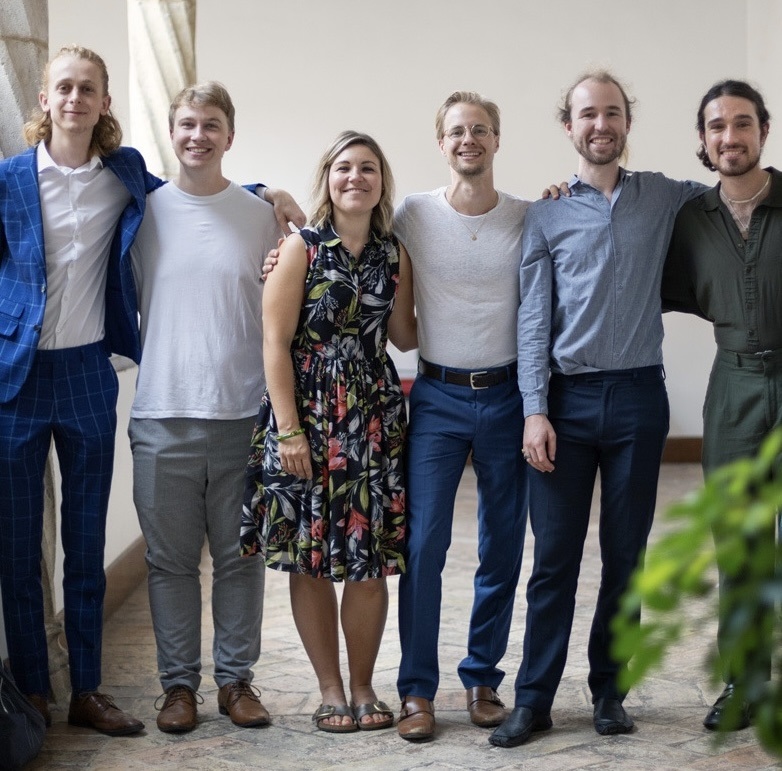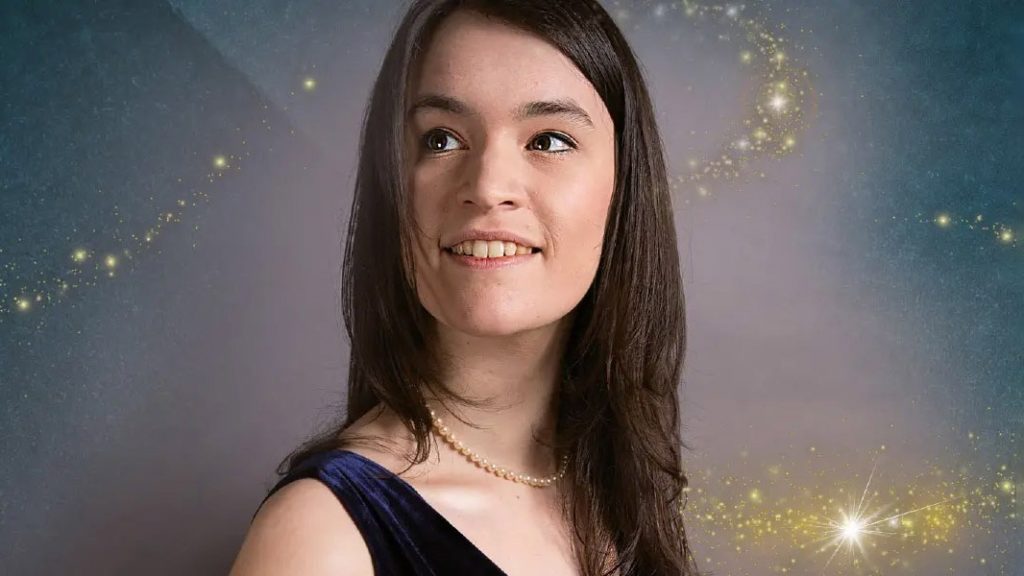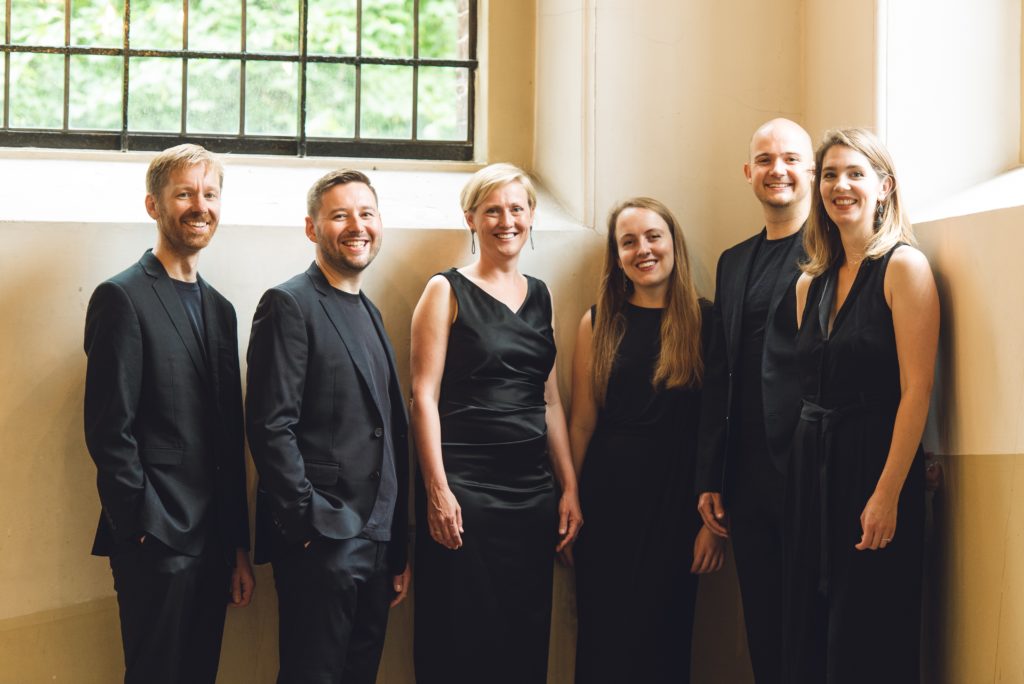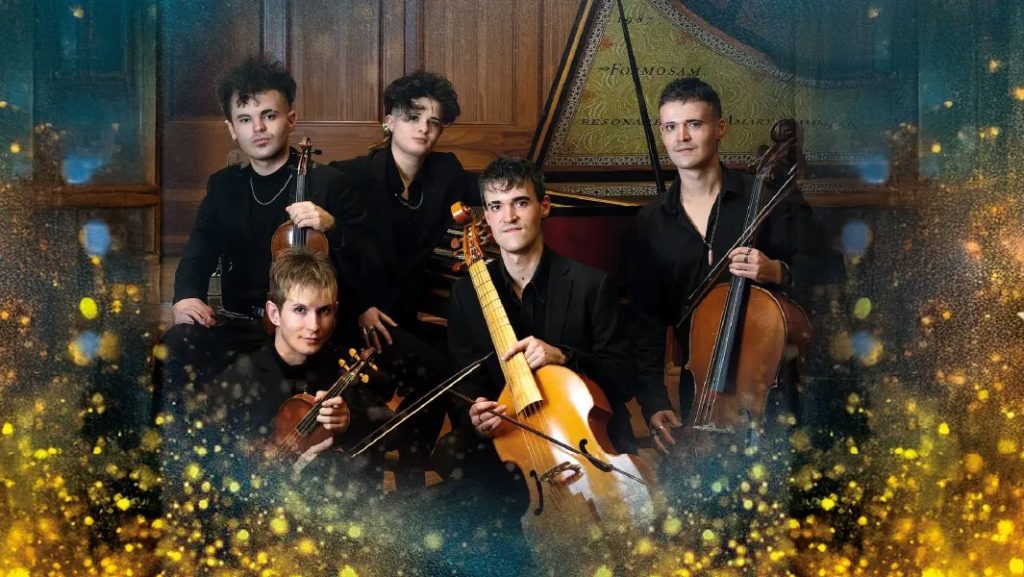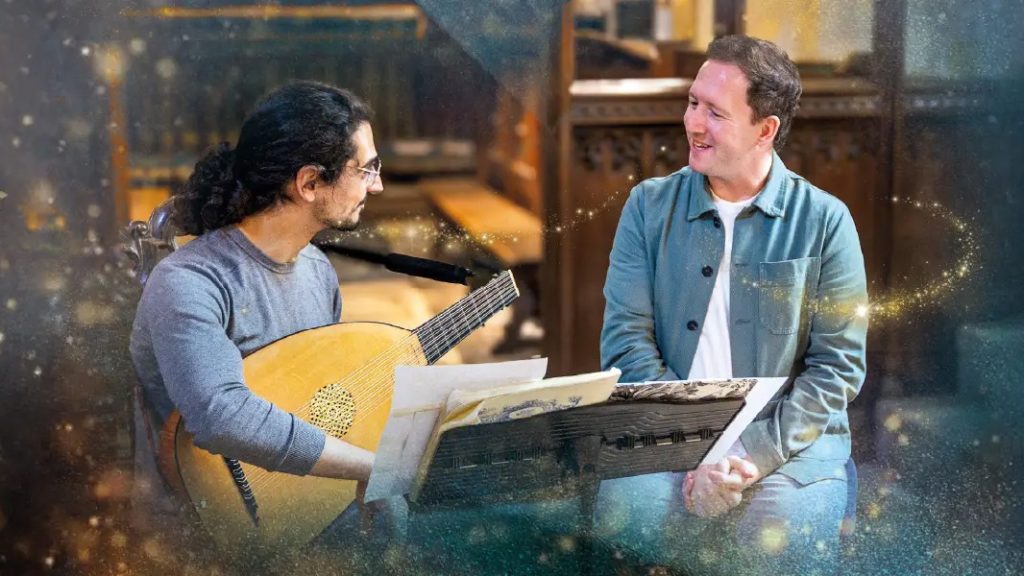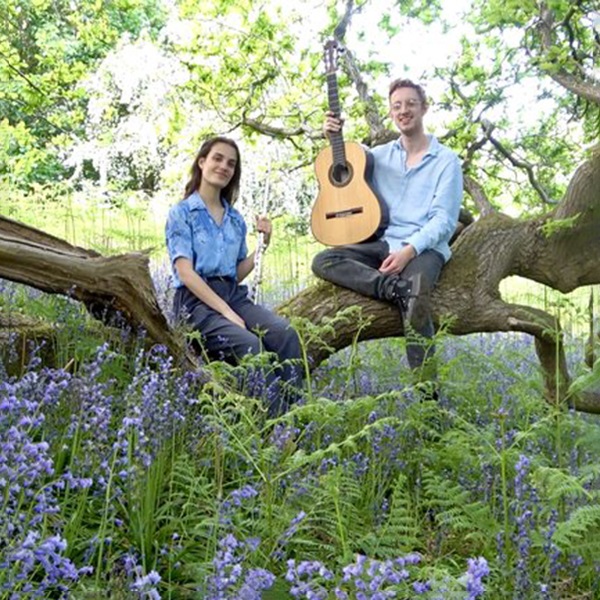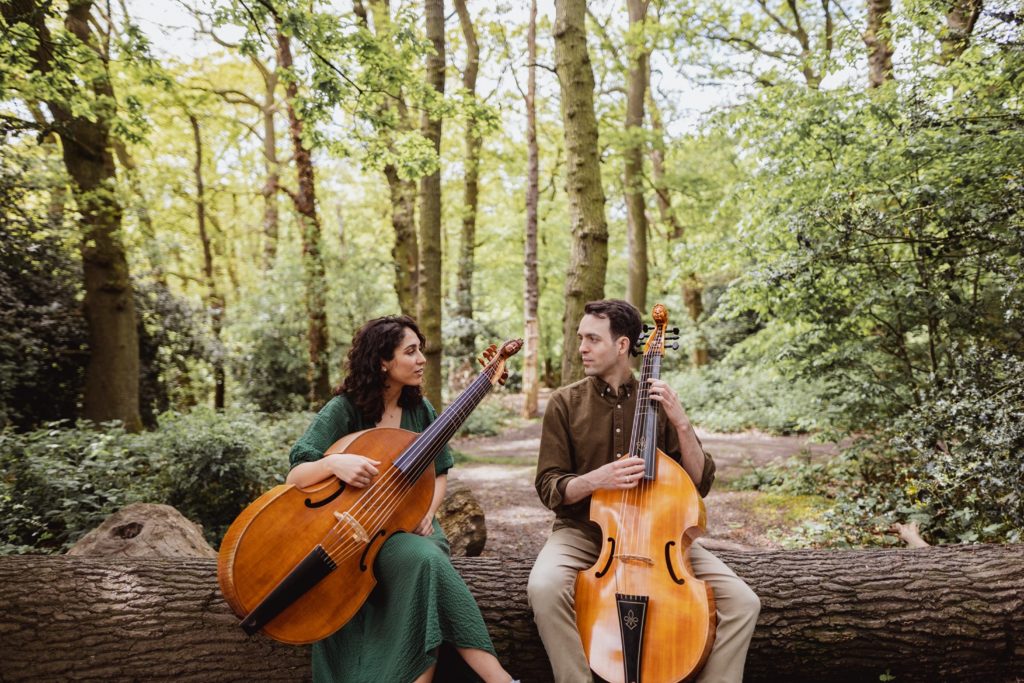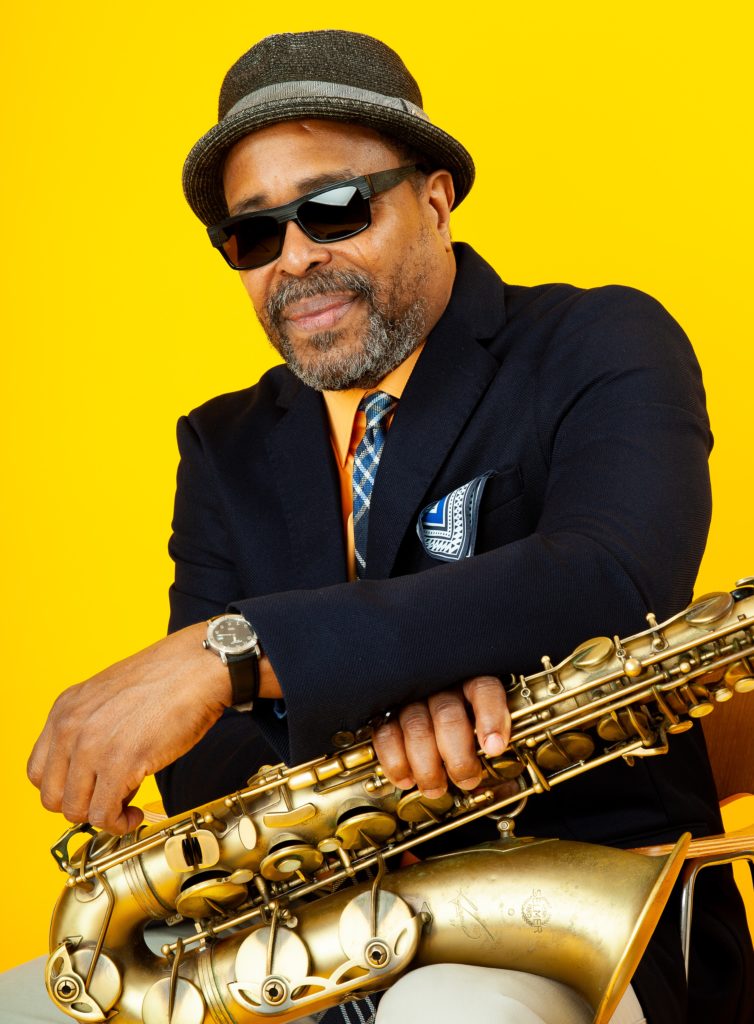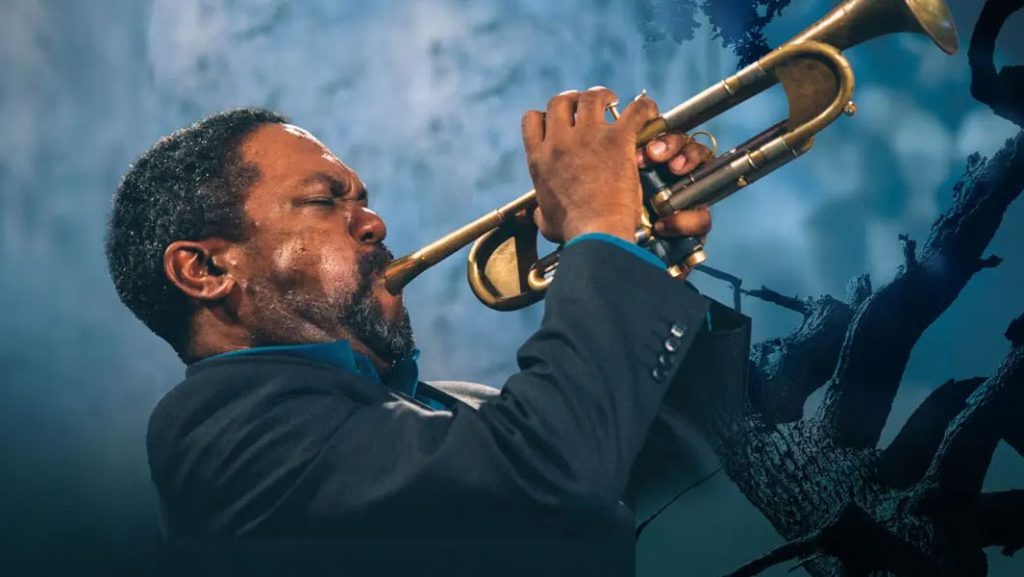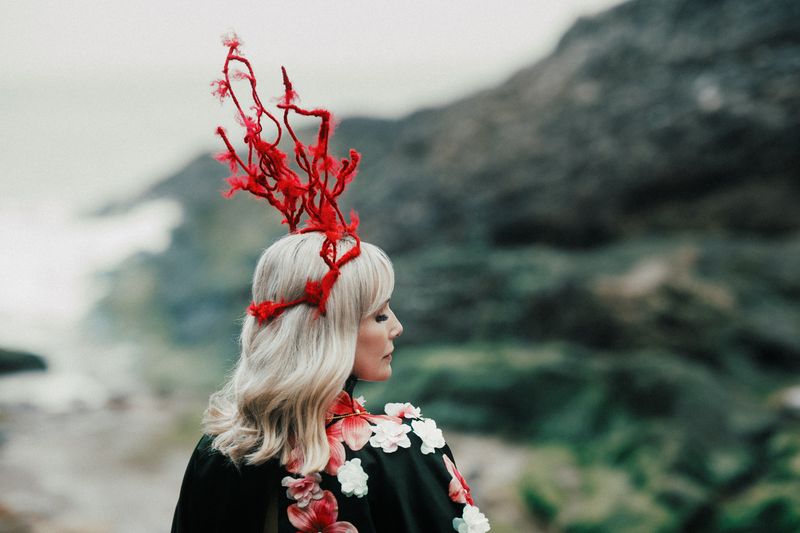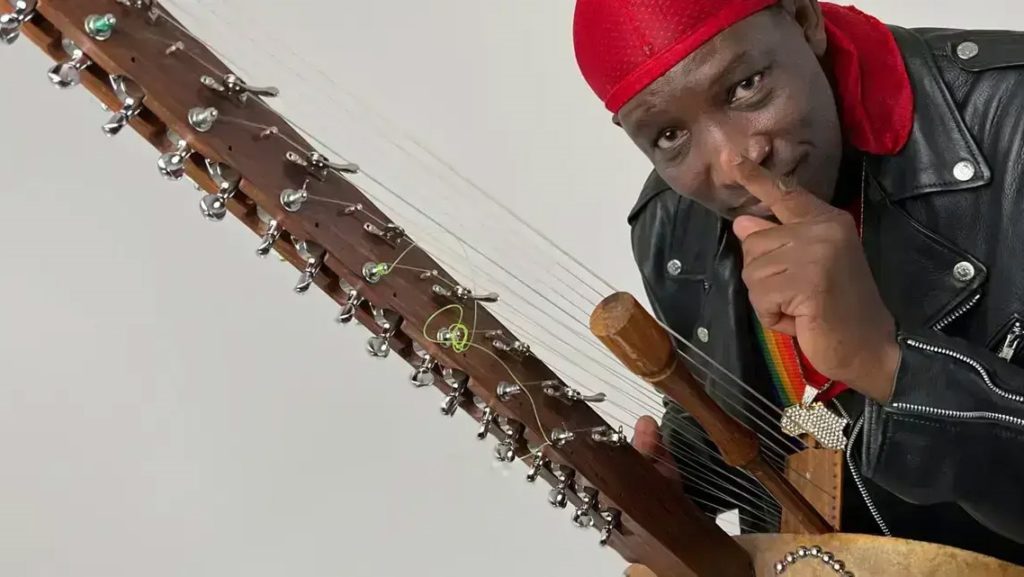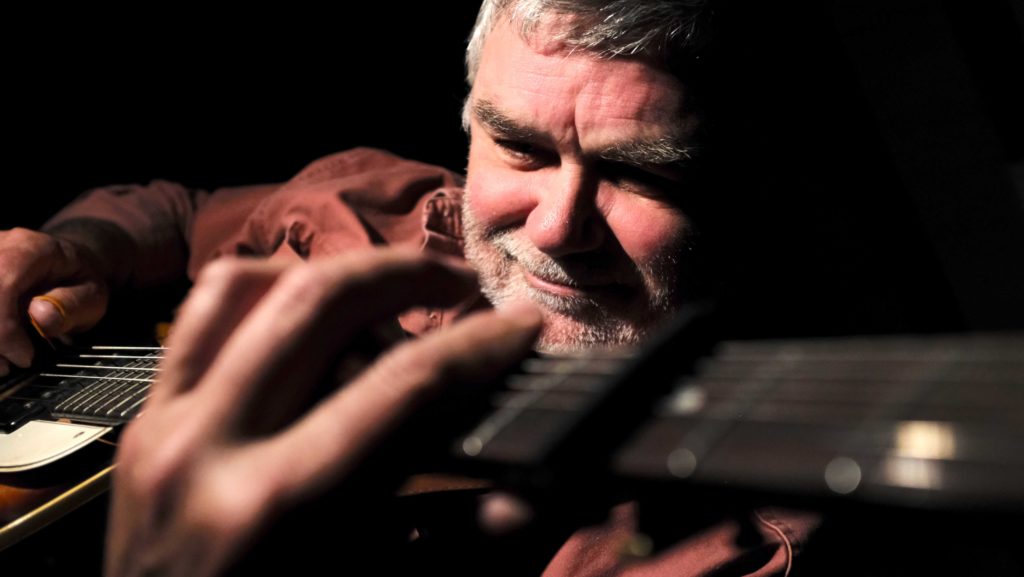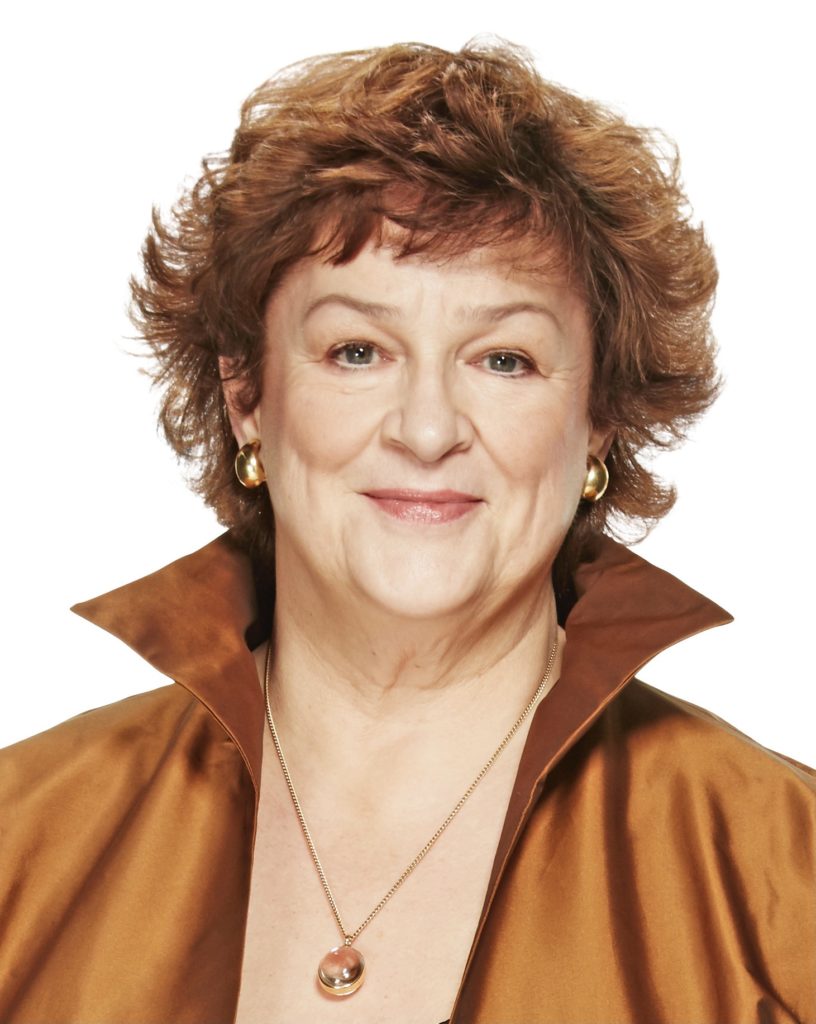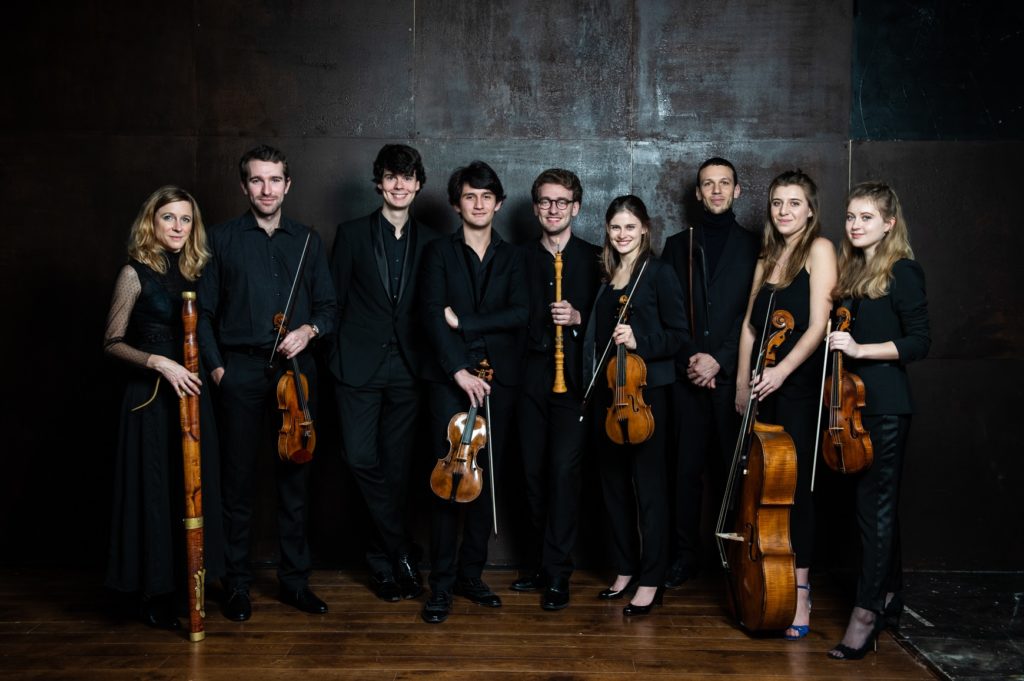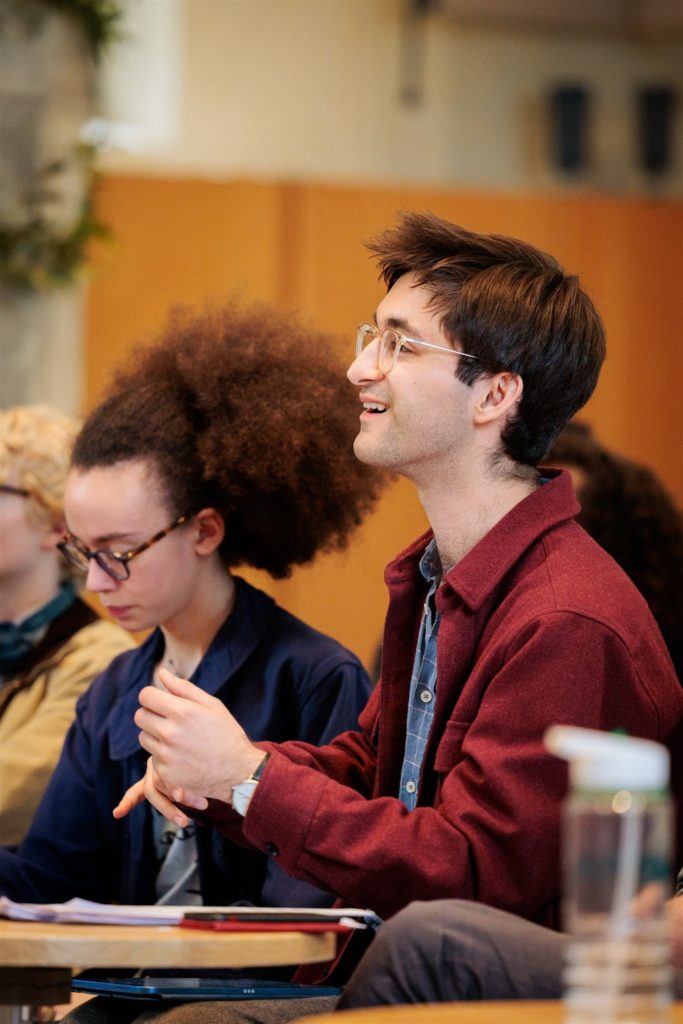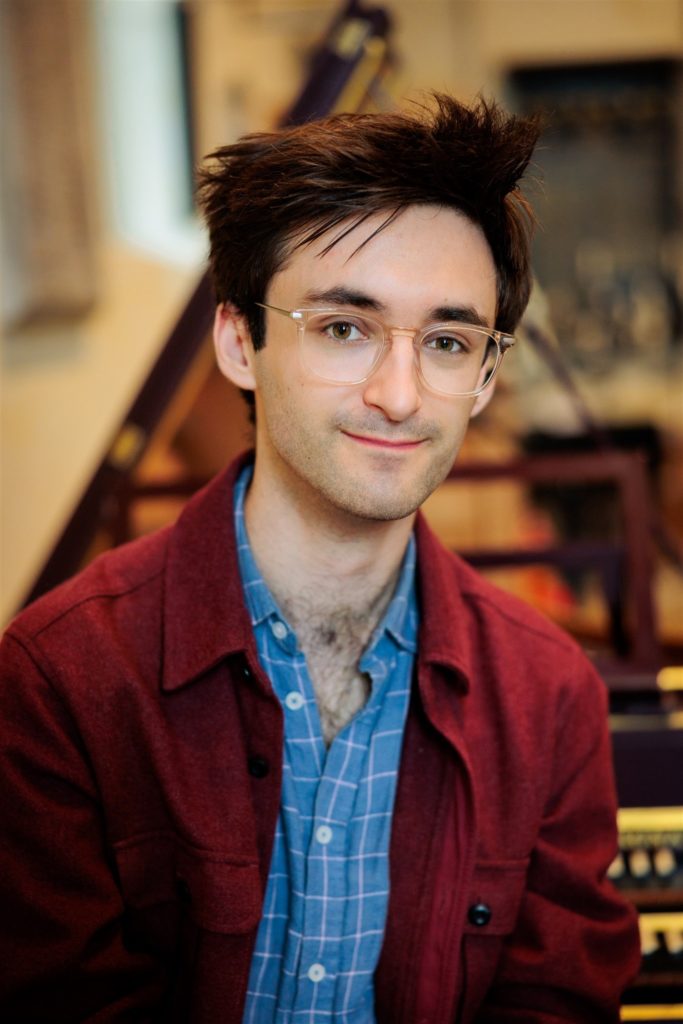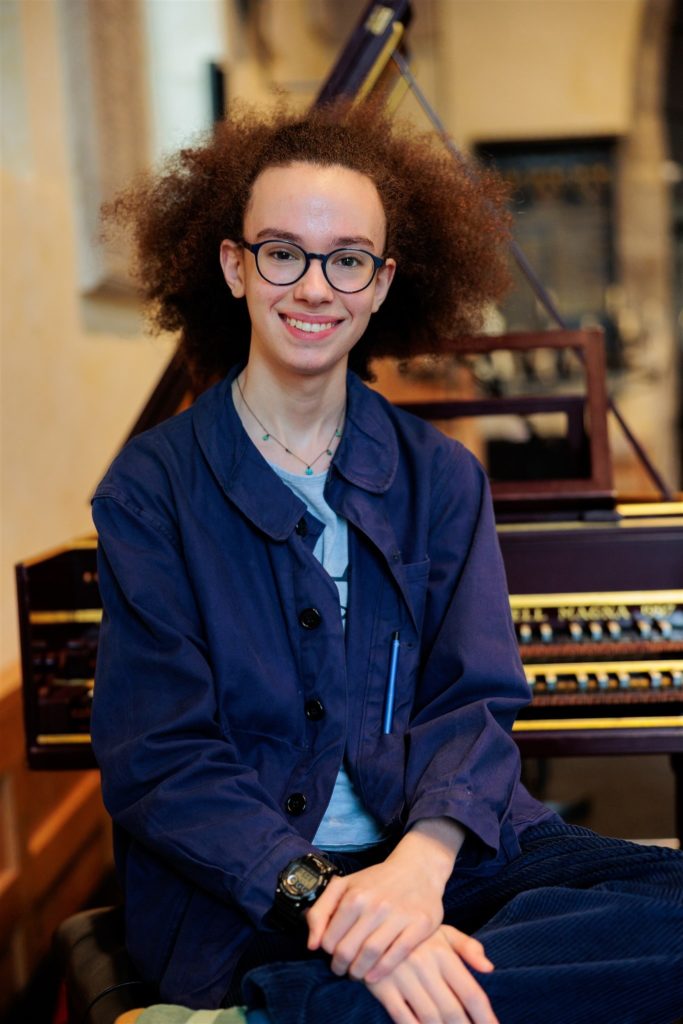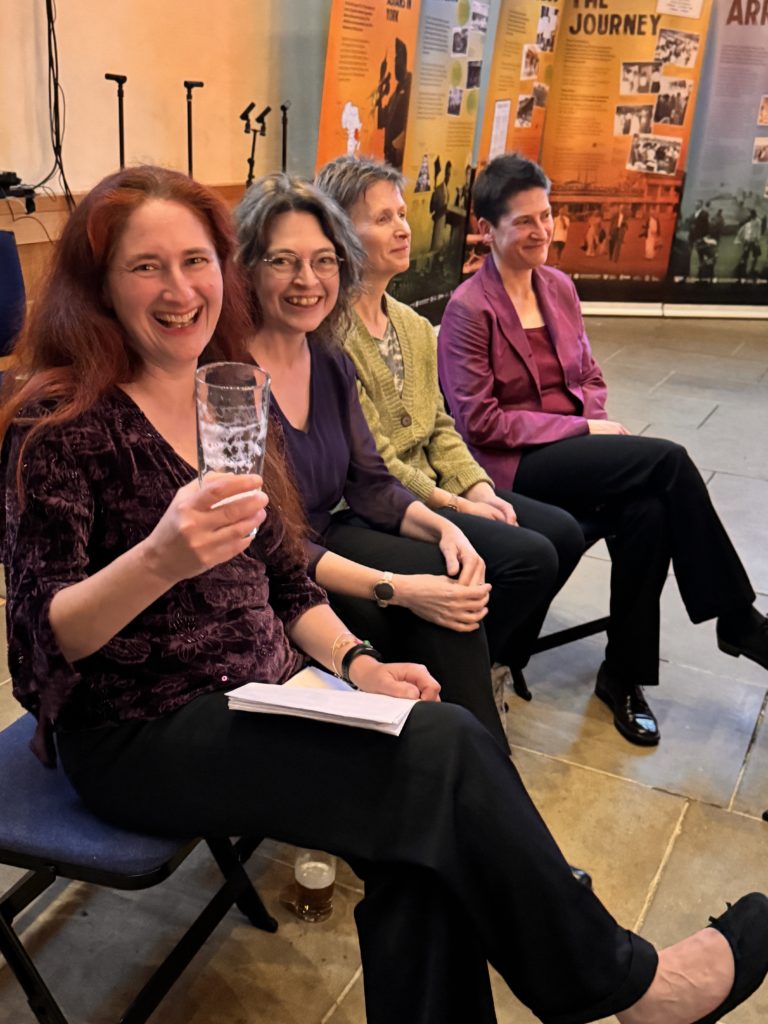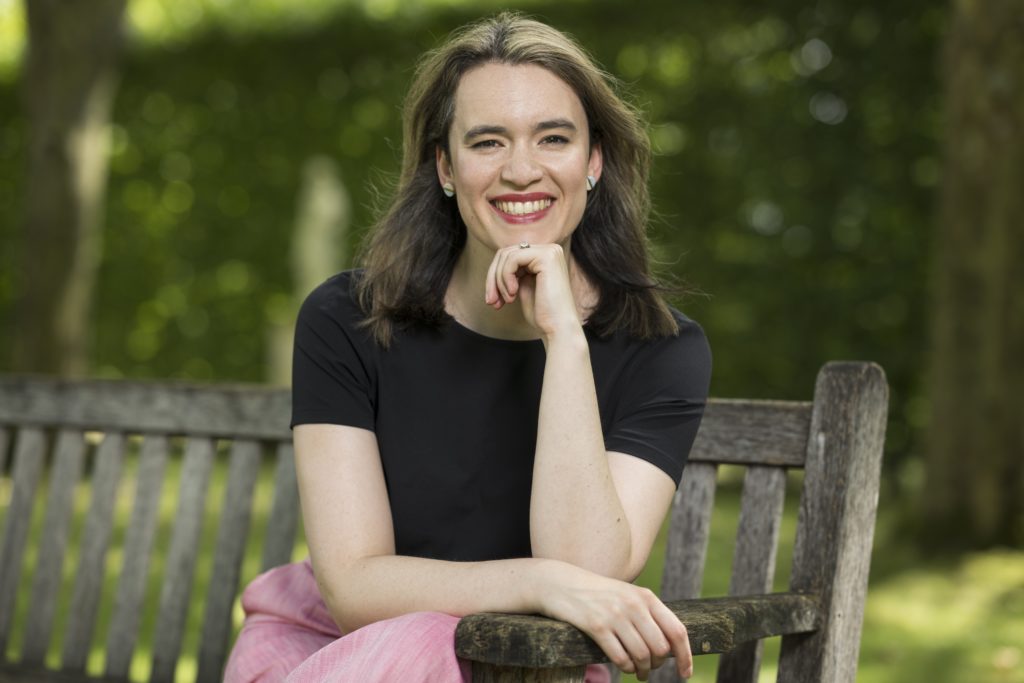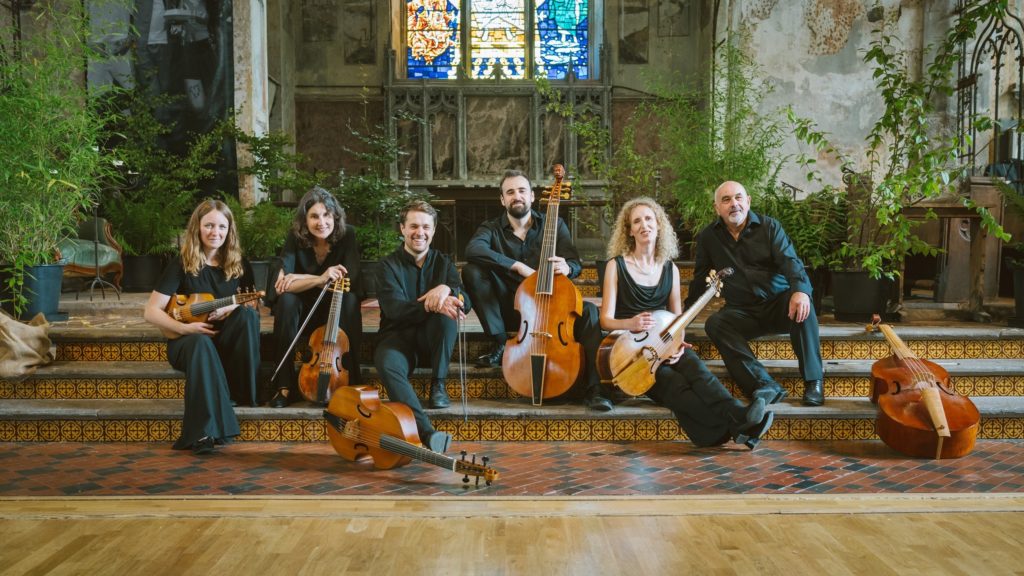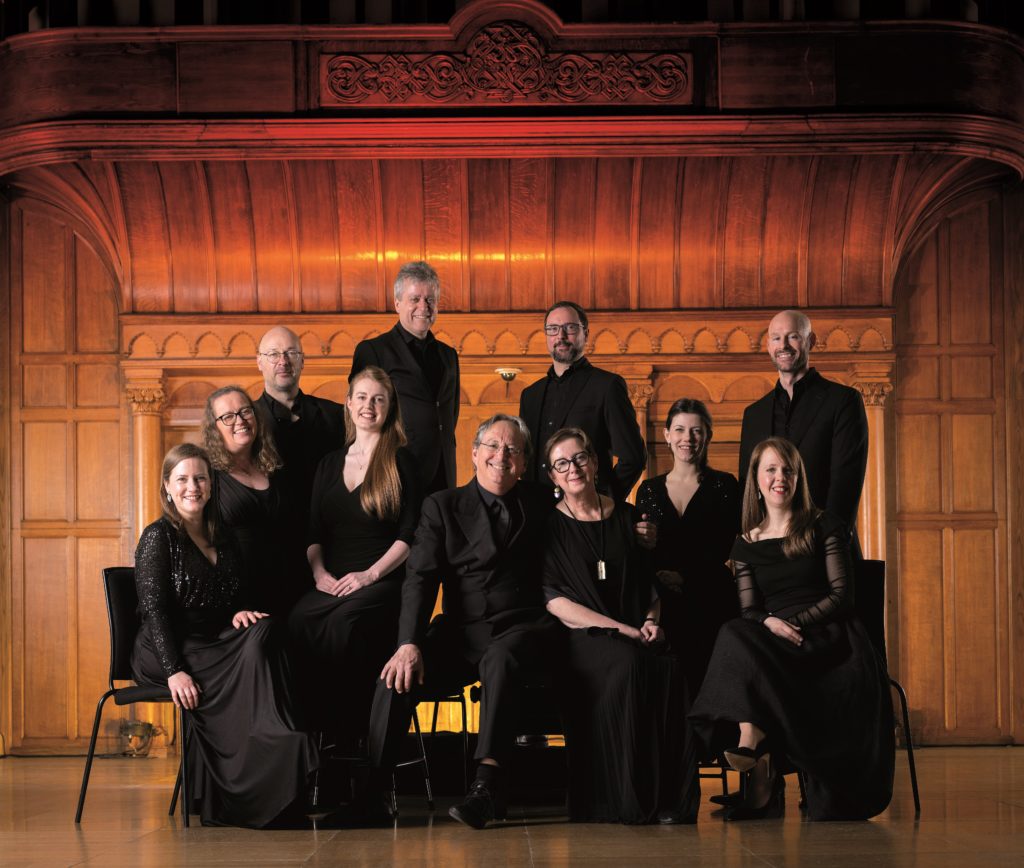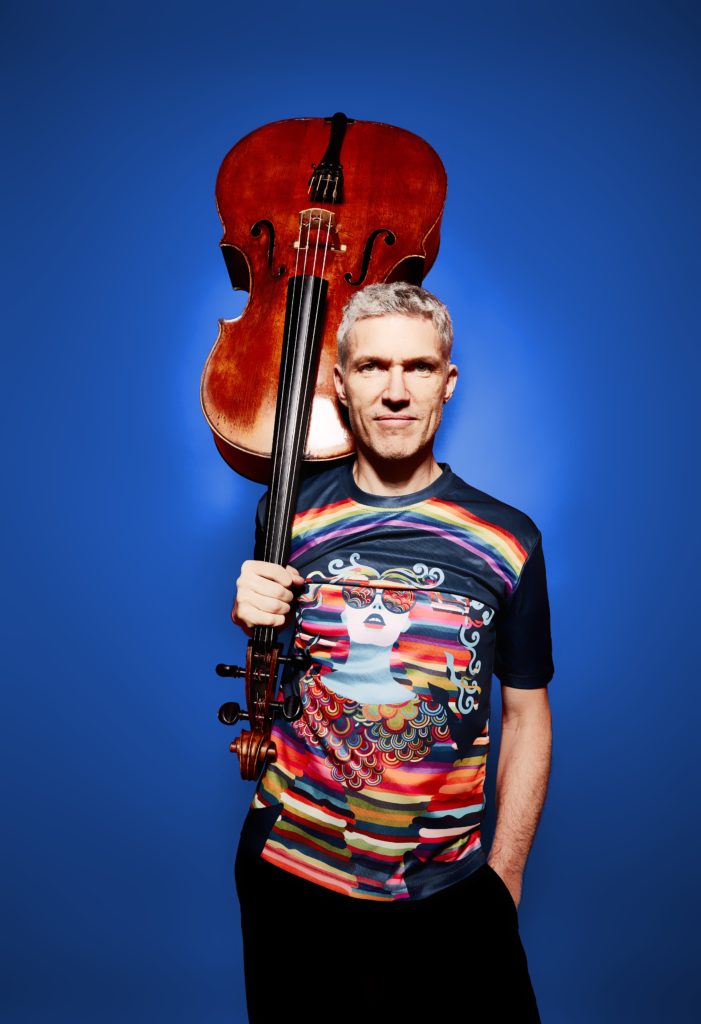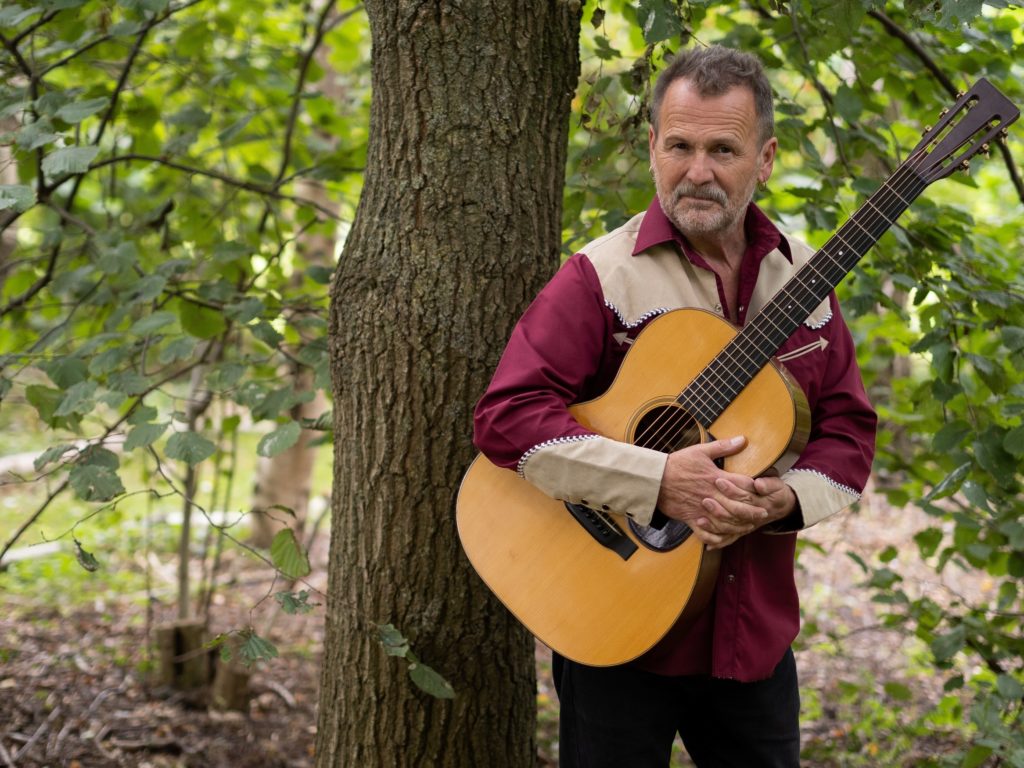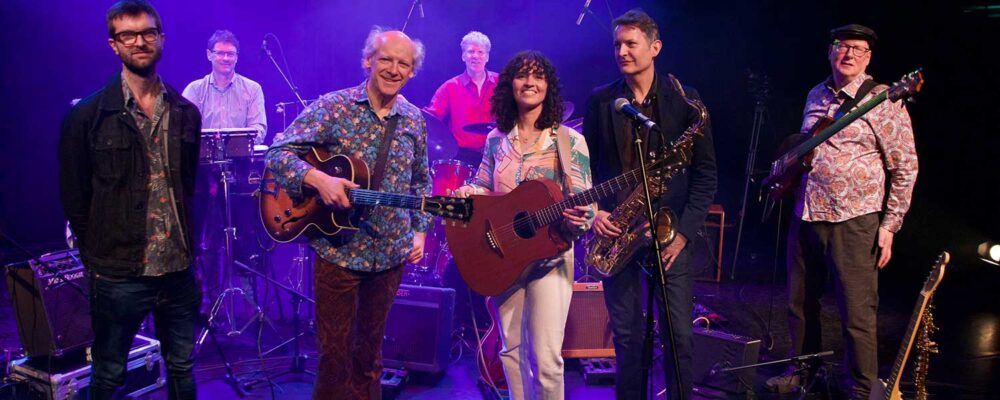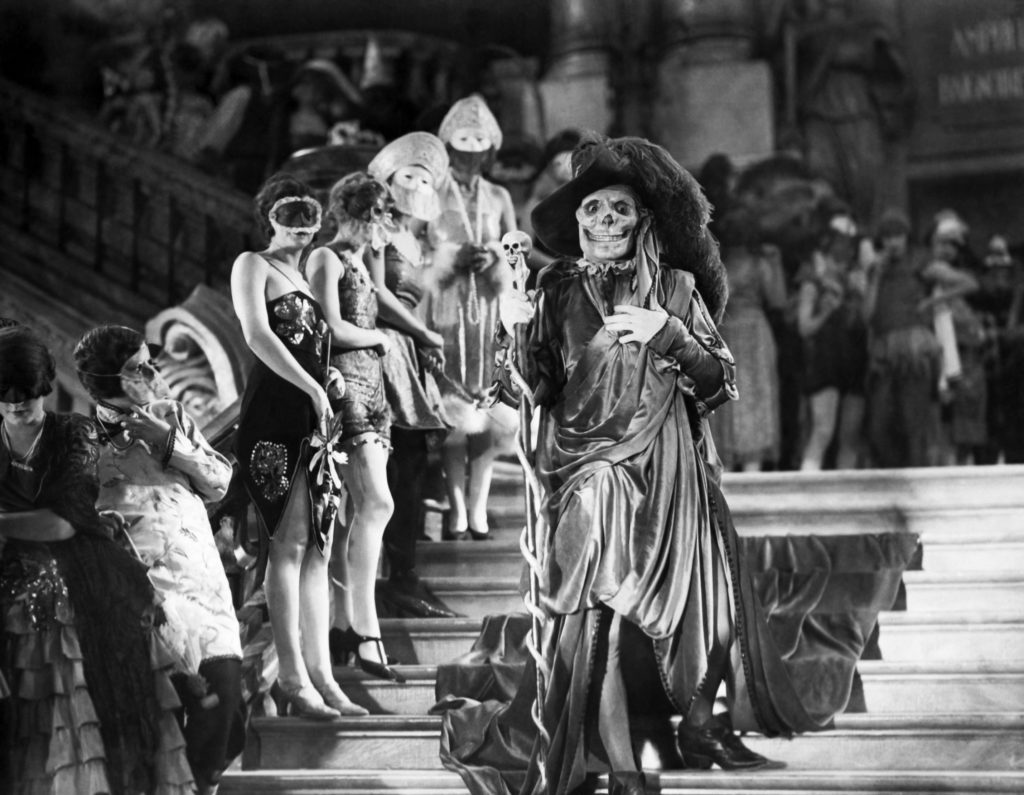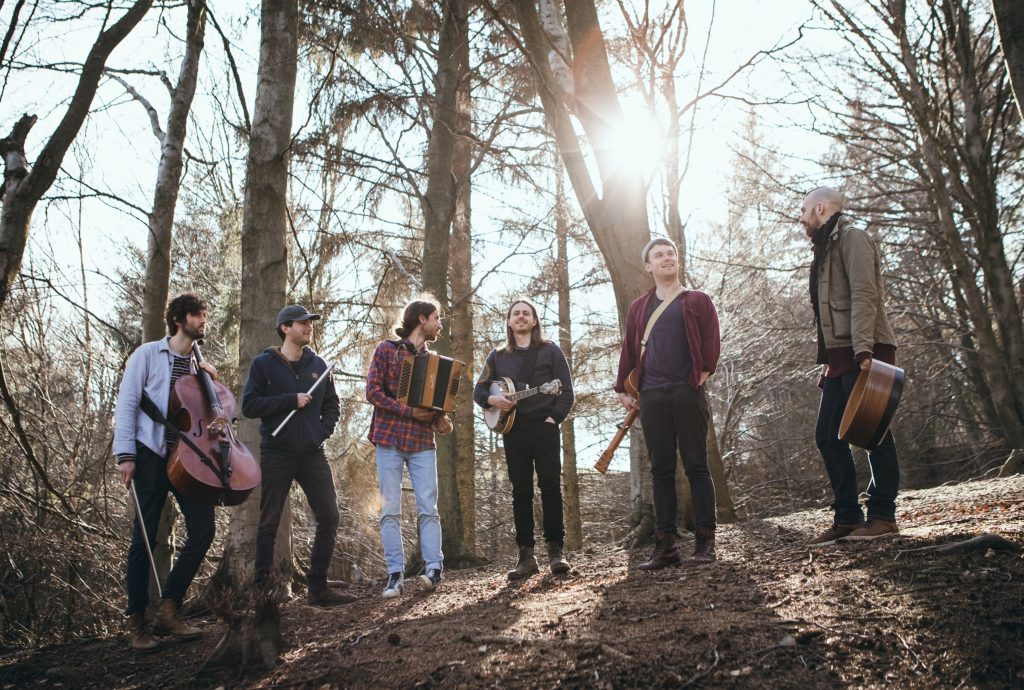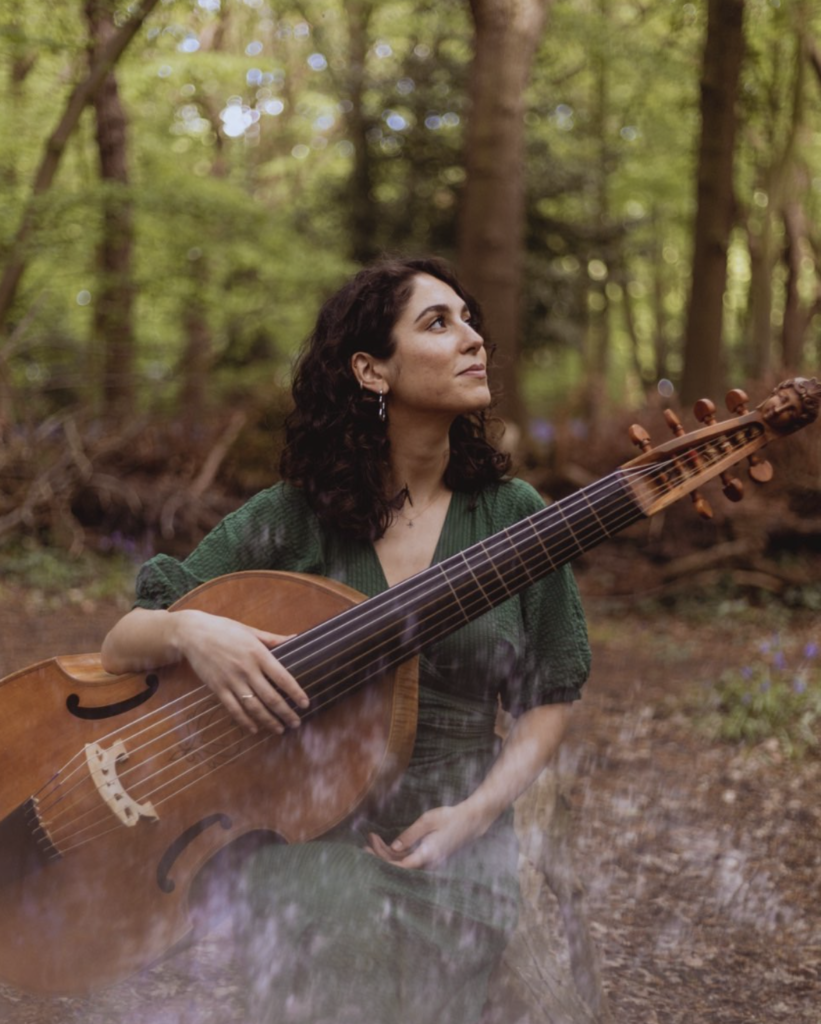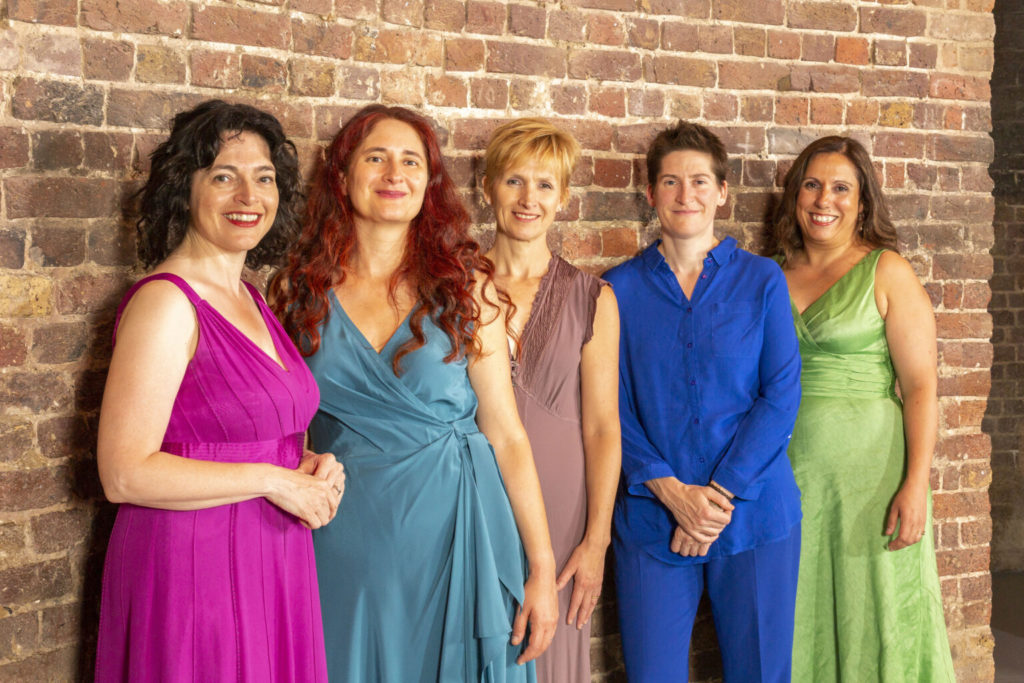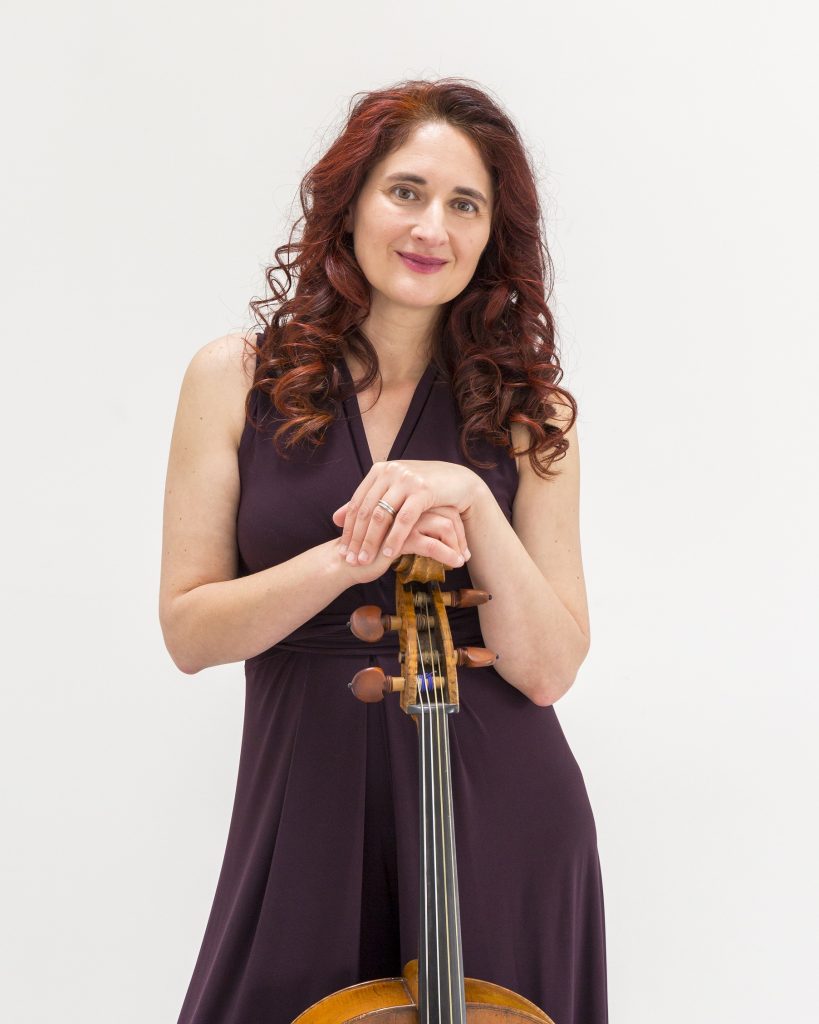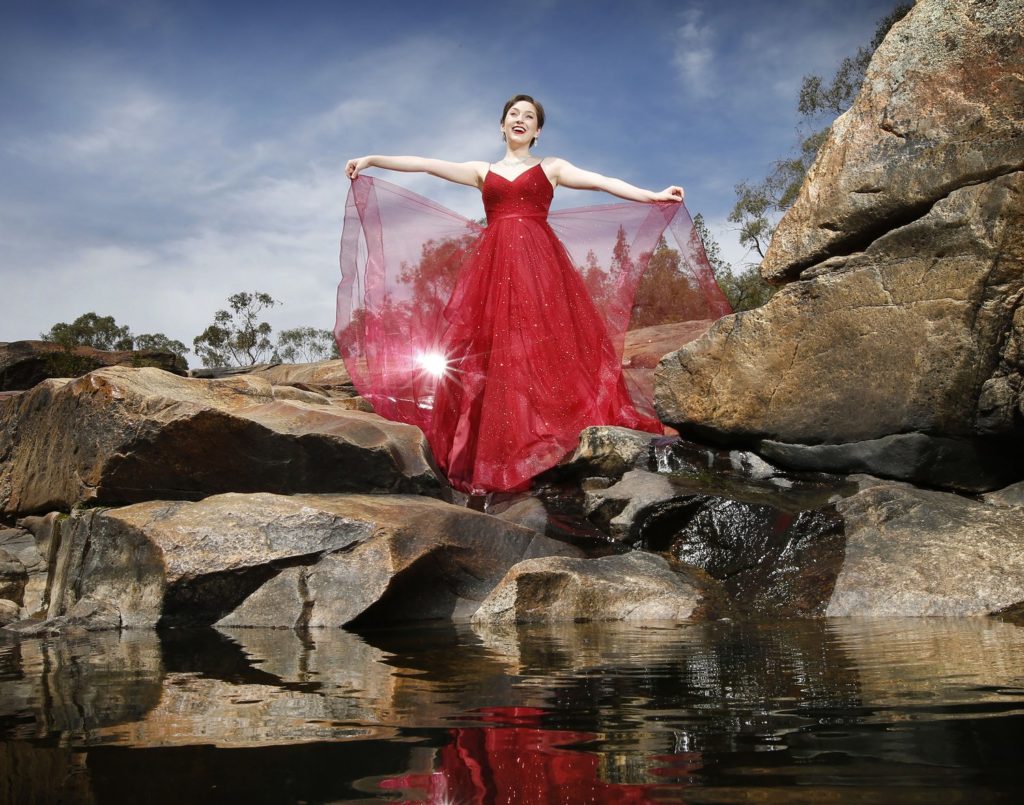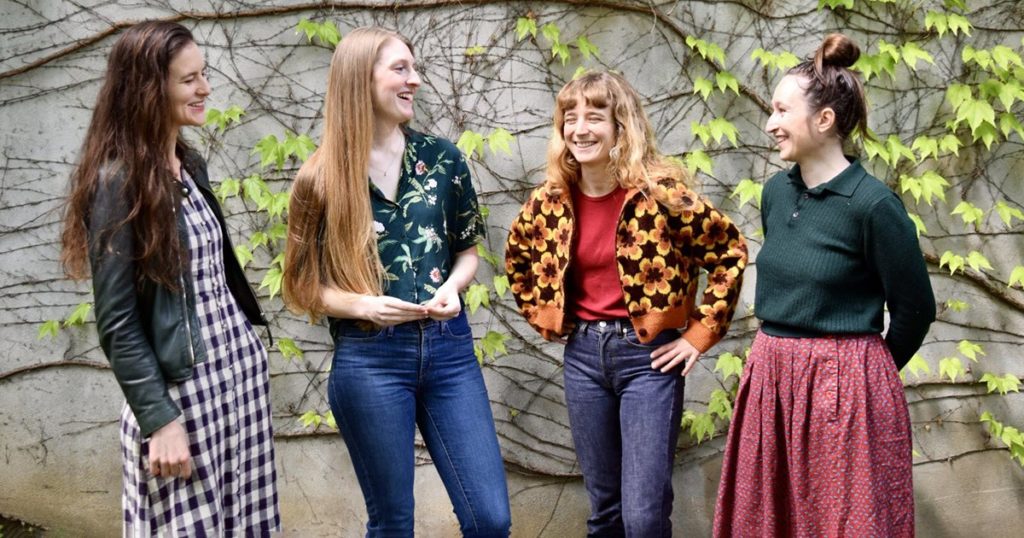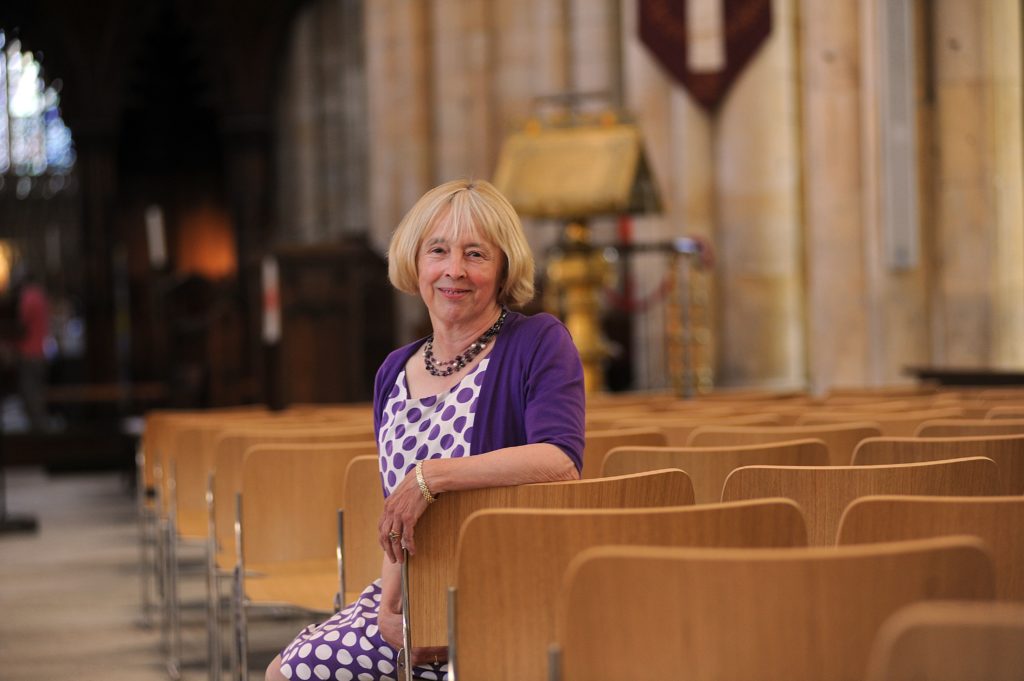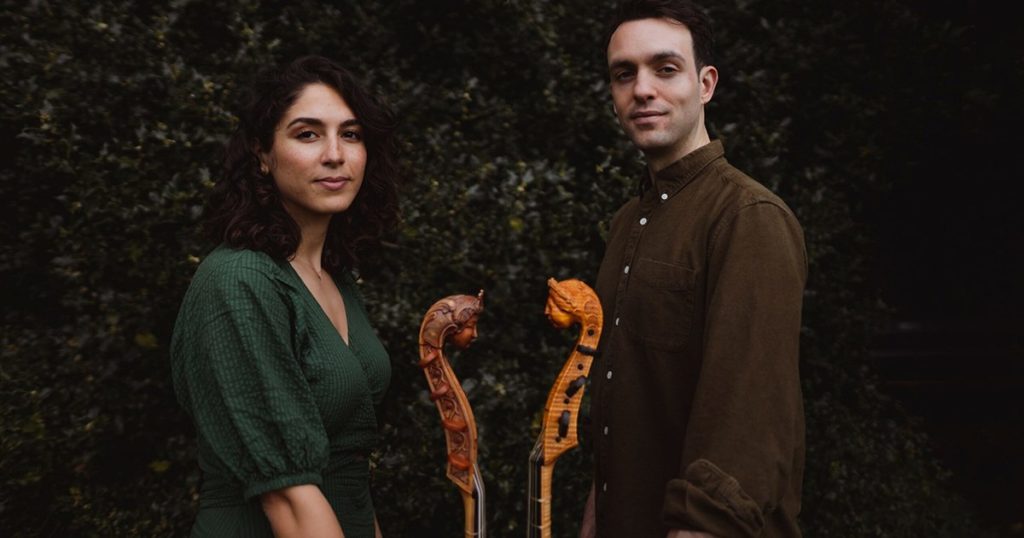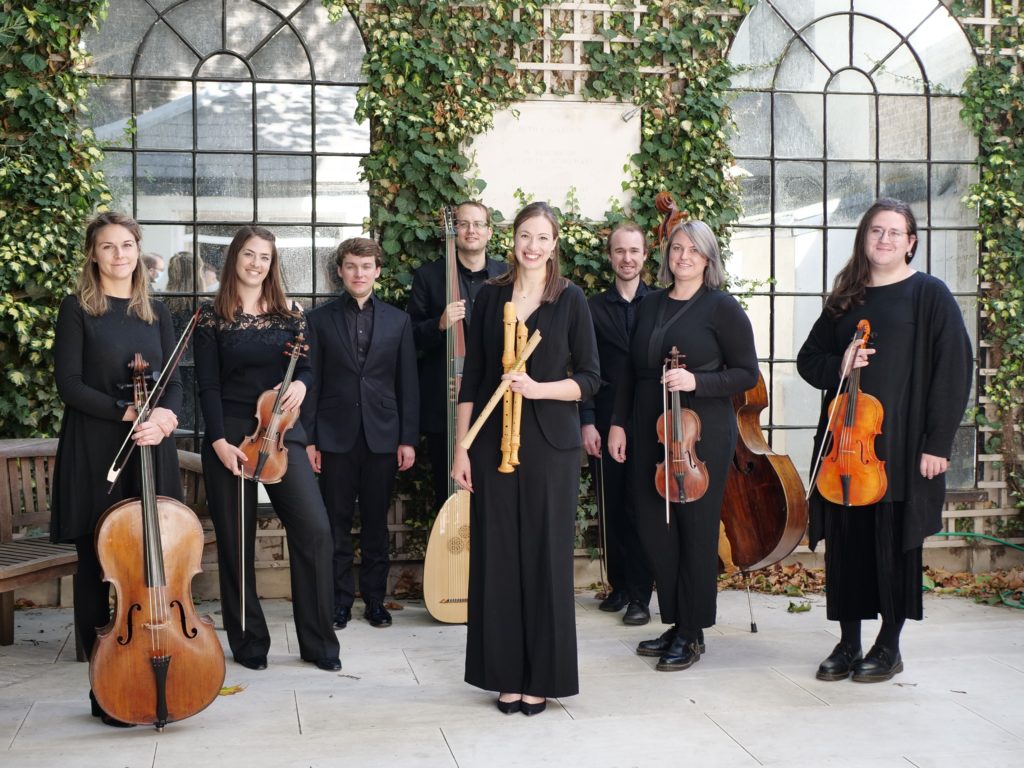
The Gonzaga Band members Jamie Savan, Steven Devine and Faye Newton: Teaming up with National Centre for Early Music, York, and BBC Radio 3 for Young Composers Award 2026
THE deadline to register online entries for the National Centre for Early Music Young Composers Award 2026 in York is 12 noon on Friday, February 2 2026.
Launched on BBC Radio 3’s Early Music Show, this annual award is presented by the NCEM in association with regular partners BBC Radio 3.
For the 2026 instalment, young composers will be working with The Gonzaga Band, specialists in late-Renaissance and early-Baroque repertoire.
The deadline for submission of scores will be Friday, March 2. Successful shortlisted candidates will be informed on Monday, March 1 and then be invited to attend the award day at the NCEM, St Margaret’s Church, Walmgate, York, on Thursday, April 16. The NCEM will meet reasonable travel and accommodation costs from within the UK.
Young composers are invited to compose a new song setting for soprano, cornett and keyboard, to be performed by Gonzaga Band musicians Jamie Savan, cornett, Faye Newton, soprano, and Steven Devine, keyboards, who are renowned for innovative programming, underpinned by cutting-edge research.
The song should take inspiration from the experimental and innovative music of Claudio Monteverdi and his contemporaries, evoked in The Gonzaga Band’s recital programme Love’s Labyrinth, released as a recording on the Deux-Elles Classical Recording label in July 2025.
On this album, The Gonzaga Band navigate a path between the ardour and anguish of love, from the most exquisitely wrought madrigals of Monteverdi to the lively and sensuous dance rhythms of popular canzonettas.
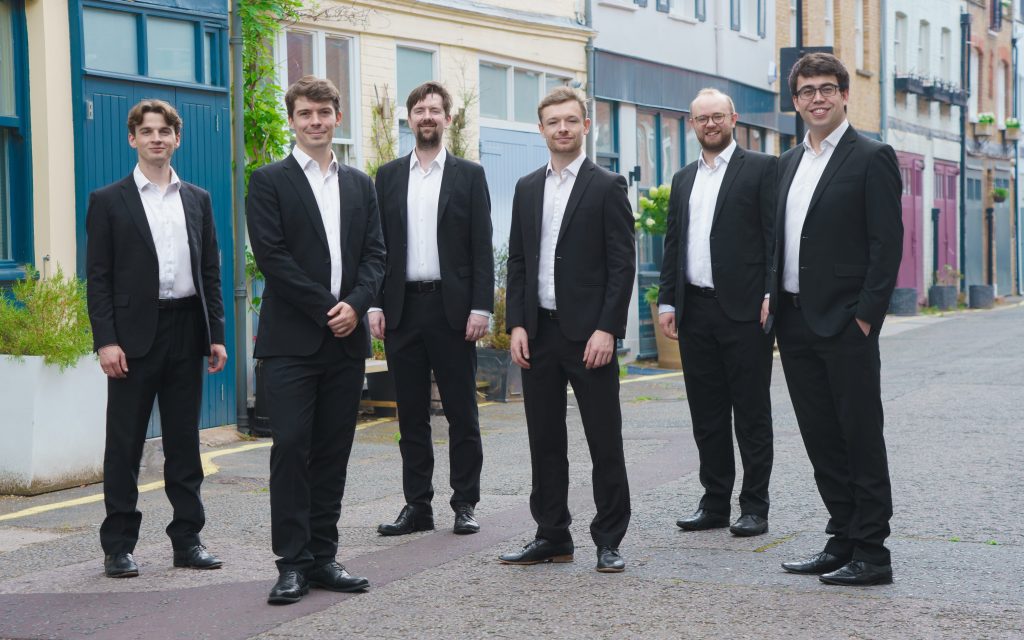
Owain Park, right: Former winner of NCEM Young Composers Award, now director of the BBC Singers and The Gesualdo Six
In the process, they explore the development of a new style in Italian composition and performance practice, through which musicians were striving to find new ways of expressing and heightening the emotional power of their poetic texts.
Their distinctive arrangements, drawn from sources connected to the ducal court of Ferrara as well as Venice and Florence, heighten the intimate connection between the cornett and the human voice, interweaving in duet.
Award candidates should write a song setting that explores the theme of love through the relationship between the voice and instruments, setting a poem by Lady Mary Wrath, a contemporary of Shakespeare.
Composers selected for the final are invited to a collaborative workshop day in York on April 16 2026, led by composer Christopher Fox and Gonzaga Band members. This will be followed by a public performance of all the selected compositions at the NCEM.
The winning entries will be premiered by The Gonzaga Band in a lunchtime concert at the Royal Birmingham Conservatoire on Tuesday, October 27 2026, to be recorded for broadcast on BBC Radio 3’s Early Music Show and BBC Sounds.
This major national annual award is open to young composers up to the age of 25 resident in the UK and is divided into two categories: age 18 and under and age 19 to 25.
NCEM director Dr Delma Tomlin says: “The Young Composers Award is one of the annual highlights at the NCEM, and we always enjoy welcoming and nurturing the extraordinary array of talent these young composers have to offer.
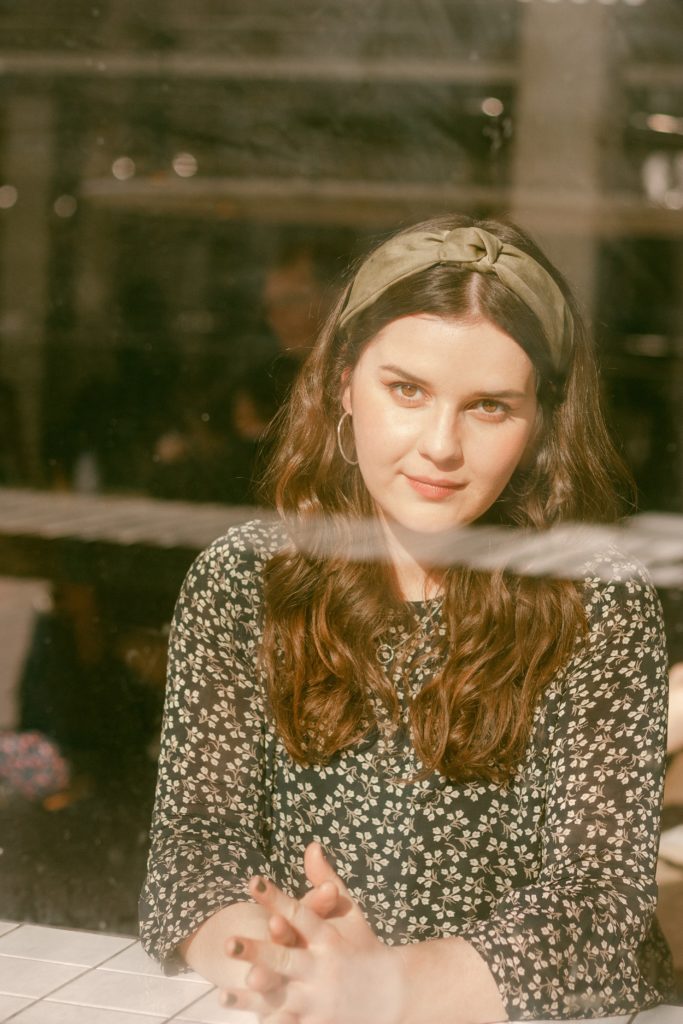
Anna Disley-Simpson: Alumna of NCEM Young Composers Award
“Alumni of the award include: Owain Park, now director of BBC Singers and The Gesualdo Six; Sarah Cattley; Kristina Arakelyen; Kerensa Briggs and Anna Disley-Simpson, whose new work was performed last year as part of the York Early Music Festival.
“The award truly makes a difference to young composers’ career paths – it has proved to be an important stepping stone in the careers of these young people. We are very proud of our success to date and look forward to welcoming composers from across the UK to join with us in partnership with The Gonzaga Band.”
Les Pratt, producer of BBC Radio 3’s The Early Music Show, says: “We’re delighted to continue to support this award here at BBC Radio 3, now looking ahead to its 19th edition. It’s hugely important to challenge and nurture young talent, and what’s most gratifying is seeing past winners and entrants who are now making their way in the professional world.
“We are really looking forward to sharing next year’s compositions for The Gonzaga Band with our audiences at home on The Early Music Show.”
Jamie Savan, of The Gonzaga Band, enthuses: “We’re excited to collaborate with the NCEM and BBC Radio 3 on the Young Composers Award for 2026. We’re passionate about expanding the contemporary repertoire for cornett (the most ‘vocal’ of instruments), together with soprano voice and historical keyboards, and we can’t wait to work with the next generation of composers on this project.”
Terms and conditions and details of how to take part in the NCEM Young Composers Award 2025 are available at: https://www.youngcomposersaward.co.uk or by emailing info.composers@ncem.co.uk.
The Gonzaga Band: back story
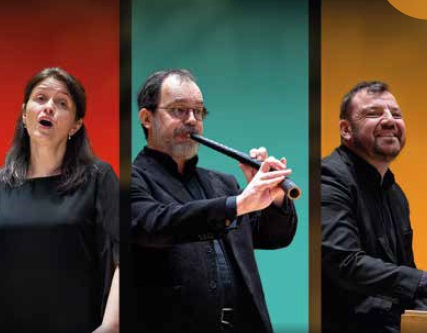
The Gonzaga Band’s Faye Newton, Jamie Savan, centre, and Steve Devine
FORMED by cornettist Jamie Savan in 1997 with a mission to explore the intimate relationship between vocal and instrumental performance practice in the Early Modern period.
The ensemble takes its name from the ducal family of Mantua: the Gonzagas were powerful and influential patrons of the arts in the late Renaissance, who employed Claudio Monteverdi as their maestro della musica at the turn of the 17th century.
Monteverdi wrote some of his most innovative music for the Gonzagas: his third, fourth and fifth books of madrigals, the operas Orfeo and Arianna and the Vespers of 1610.
Performing most often as a chamber ensemble with a core of soprano voice, cornett and keyboards, and expanding on occasion according to the particular requirements of each programme, The Gonzaga Band can perform in a variety of combinations, ranging from a trio to a full period-instrument orchestra and vocal consort.
The Gonzaga Band is renowned for its innovative programming, underpinned by cutting-edge research, shining new light on the repertoire and its interpretation.
The band has five internationally acclaimed recordings to its credit, including Sacred Garland on Chandos/Chaconne and Venice 1629 on the Resonus Classics label. Its latest release is Love’s Labyrinth on the Deux-Elles label (2025). For more information, visit www.gonzagaband.com.

